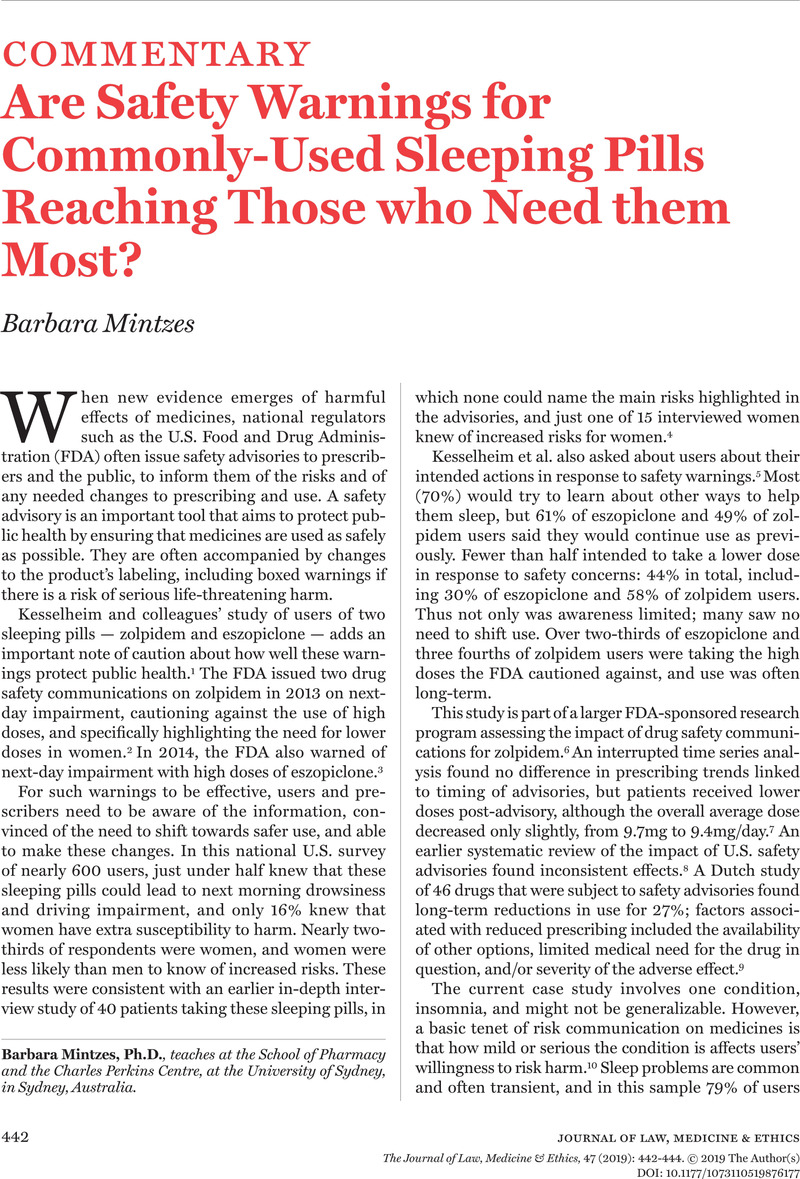Crossref Citations
This article has been cited by the following publications. This list is generated based on data provided by Crossref.
Mintzes, Barbara
Reynolds, Ellen
Bahri, Priya
Perry, Lucy T
Bhasale, Alice L
Morrow, Richard L
and
Dormuth, Colin R
2022.
How do safety warnings on medicines affect prescribing?.
Expert Opinion on Drug Safety,
Vol. 21,
Issue. 10,
p.
1269.





